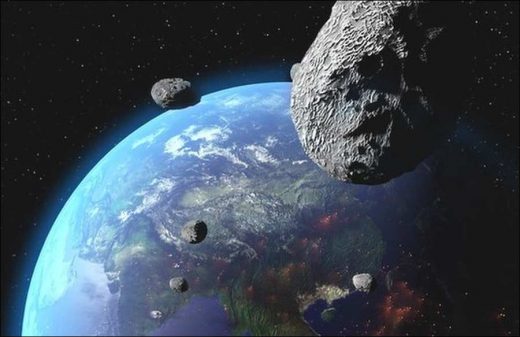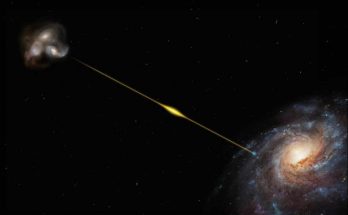NASA warned about the missing meteorite: “It may hit the Earth in 2024”
The lost meteorite, which disappeared from the view of telescopes after it was first detected in 2007, has the possibility of hitting the Earth next year. The meteorite, called 2007 FT3, disappeared a day after it was discovered. However, scientists estimate that the meteorite found its way back to Earth.
NASA’s Center for Near-Earth Object Studies (CNEOS) was working to determine the orbit of this asteroid. Recent findings have revealed that this asteroid may hit the planet next year. Accordingly, the probability of the lost meteorite hitting the Earth in October 2024 is roughly one in 11.5 million. The probability of hitting the Earth in March 2024 was determined as 1 in 10 million.
Although this is an extremely small possibility, it is predicted that if the meteorite hits the planet, it will create an explosion with the power of 2.6 billion tons of TNT. Such energy is not great enough to destroy our Earth. On the other hand, it is possible for it to cause great damage in the area it hits and send shock waves all over the Earth.
Space agencies have documented more than 30 thousand near-Earth asteroids to date. These objects are currently being observed. However, NASA and other institutions are confident that there are large asteroids and comets hiding in the Sun’s glare that have not yet been discovered.
NASA researchers are not yet sure what happened to the missing asteroid in question. They say they will remain vigilant and continue to look for signs in case it hits our Earth.
As a matter of fact, there are other asteroids approaching Earth that could cause a similar level of destruction. For example, an object known as 29075 (1950 DA) is the second riskiest space rock on NASA’s list. The trace of this meteorite, discovered in 1950, was lost and astronomers searched for the object in question for 50 years.
Later, the probability of the meteorite hitting the Earth in the very distant future, on March 16, 2880, was calculated. The data revealed that the probability in question was 0.0029 percent (one in 34,500).
Visits: 118



